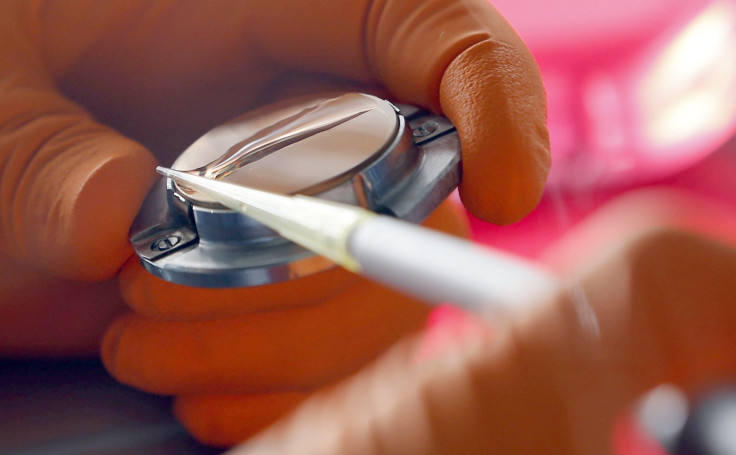3D Organ Printing Gets Boost With Capillary Printing Using Patient Specific Cells

We are slowly but steadily getting closer to artificially repairing the human body.
A joint research team from Rice University and Baylor College of Medicine might have overcome the final hurdle in making 3D-printed complex human organs, with not just large blood vessels, but even smaller ones such as capillaries.
“Our work has important therapeutic implications because we demonstrate utilization of human cells and the ability to live-monitor their tubulogenesis potential as they form primitive vessel networks,” said Gisele Calderon, the lead author of the study titled“Tubulogenesis of co-cultured human iPS-derived endothelial cells and human mesenchymal stem cells in fibrin and gelatin methacrylate gels.”
Read: Hyperelastic 3D-Printed Synthetic Bone That Induces Natural Regeneration, Growth
Researchers are using endothelial cells, which line the blood vessels, and have empty holes in which vessels are formed called vacuoles. These vacuoles, when linked with each other form tubes, which transform into capillaries. Researchers used these cells and mixed them with fibrin, a protein which is used in blood clotting or a gelatin methacrylate (GelMA). The resulting material can be 3D-printed easily.
“We've confirmed that these cells have the capacity to form capillary-like structures, both in a natural material called fibrin and in a semi-synthetic material called gelatin methacrylate, or GelMA . The GelMA finding is particularly interesting because it is something we can readily 3D-print for future tissue-engineering applications," Calderon further added.
Engineering 3D-printed capillaries is tough since some capillaries have diameter of a few thousands of a millimeter, so much so that individual blood cells need to navigate through them in a single-file formation.
The introduction of 3D-printed capillaries would give doctors the scope of creating complex organs such as the human heart and could, at least in theory, help patients with high-risk ailments. The cells printed using the technology can be patient-specific and created to suit his/her condition. It would also reduce the risk of immune system complications during organ transplants since the risk of rejection by the patient’s immune system would be lower.
Furthermore, while this may sound like a stretch, these organs might be helpful in extending the life of an individual since they will be reproducible. Another important implication of the research is that use of 3D-printed organs would allow researchers to work advance stage tissue development which in turn help engineer methods for more efficient drug testing.
Read: 3D Printed Patch Could Help Patients Recover From Heart Attacks
According to Jordan Miller, a member of the research team, "Preclinical human testing of new drugs today is done with flat two-dimensional human tissue cultures. But it is well-known that cells often behave differently in three-dimensional tissues than they do in two-dimensional cultures. There's hope that testing drugs in more realistic three-dimensional cultures will lower overall drug development costs."
3D-printed human organs are no longer a distant reality.
© Copyright IBTimes 2024. All rights reserved.





















